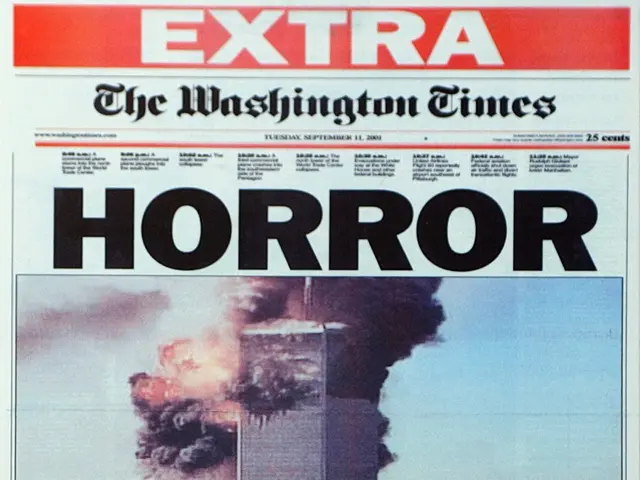The Speed Warfare: Battle Among Technological Advancements
In 1948, Columbia Records rocked the music world by releasing the first practical 33 1/3 rpm long-play (LP) record, ushering in a new era for music consumption. These badass LPs provided longer playing times compared to their predecessors, often stretching up to 23 minutes per side. Engineers Peter Goldmark and Rene Snepvangers masterfully concocted a sleek new vinyl material, making extended playback sessions a reality. The 33 1/3 rpm speed transformed the music biz by enabling the release of entire albums in one format, totally revolutionizing the way artists crafted and presented their sonic masterpieces.
Just one year later, RCA Victor threw a wrench in the works by launching the 45 rpm record in 1949. Designed to be more sturdy and hassle-free than the outdated 78 rpm records, 45s quickly gained popularity as the go-to format for radio stations and die-hard music enthusiasts alike. The compact size and better sound quality set these puppies apart from the competition, even if they offered shorter playback times.
This arrival of these two formats sparked what's affectionately known as the "War of the Speeds," as rivals like Columbia and RCA battled for supremacy in the music industry. The 33 1/3 rpm LP ultimately emerged as the heavyweight champ for full-length albums, while the 45 rpm single reigned supreme in the realm of singles and radio hits. This fierce competition spurred advancements in recording technology and laid the groundwork for the modern music biz.
From an audiophile's perspective, there are differences in sonic performance between the two speeds. The 45 rpm speed can potentially offer superior sound quality due to less "pinch effect" distortion in playback. However, the 45 rpm format's limitations on recording length make it less than ideal for full-length albums. Conversely, the 33 1/3 rpm format offers a larger canvas for musical expression but may experience slight quality drops near the center of the record.
In conclusion, both the 33 1/3 rpm LP and the 45 rpm single have forged lasting impacts on the music industry, with the former dominating album releases and the latter reigning supreme in the world of radio hits and singles. Here's to these groundbreaking formats—without them, our music collections would be noticeably leaner! As we daydream about a Leonard Cohen 45 spinning at 33 or an Aled Jones 45 at 33, the juxtaposition reminds us just how much innovation the "War of the Speeds" brought to the table. Rock on! 🤘🎸
In the dynamic world of music, the technical advancements in 1949 saw RCA Victor introducing the 45 rpm record, a format created to offer improved sound quality and ease of use compared to the outdated 78 rpm records. Simultaneously, this innovation also competed with the already established 33 1/3 rpm LP, which had revolutionized the music industry the previous year.
The 45 rpm single, with its superior sound quality, was primarily popular for radio stations and serious music fans, while the 33 1/3 rpm LP continued to dominate full-length album releases. Thus, the introduction of these two formats sparked a 'War of the Speeds', marking a significant turning point in the evolution of music technology and reigniting alliances between industry giants.








